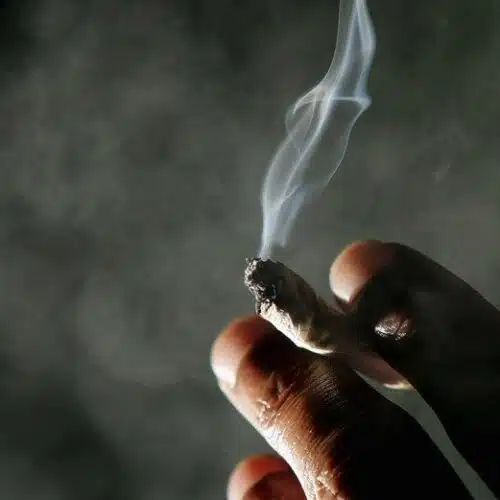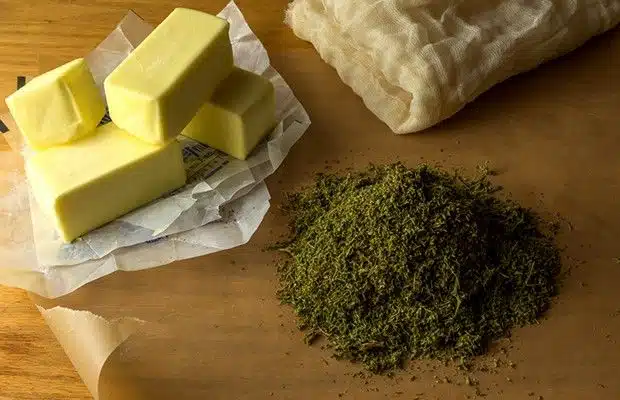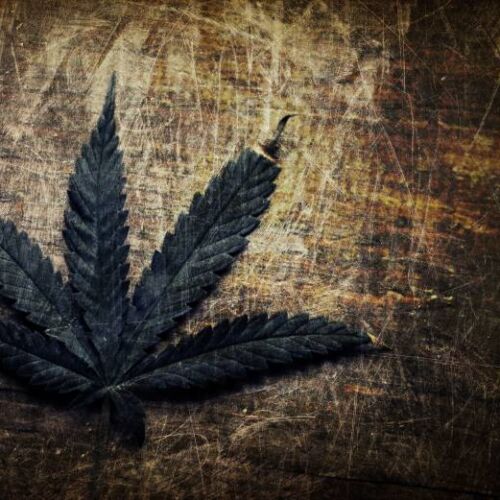Medical Marijuana: A Plant Medicine Explained
Marijuana is derived from leaves and dried flowering tops of the plant cannabis sativa. Marijuana is not a single drug. Cannabis sativa contains over 400 chemicals. The plant is very adaptive to its surroundings which allows the plant to have more variable characteristics than most plants.
Scientific research on the pharmacology of marijuana is sometimes uncertain or inconsistent because of the varying potency of the plants. The use of research subjects who have a wide variety of experience with marijuana also contributes to variances in marijuana study data.
Cannabinoids
About 60 of the chemicals in cannabis sativa are called cannabinoids. These chemicals appear in no other plant. The main psychoactive cannabinoid is THC, or tetrahydrocannabinol. The cannabinoid CBD, or cannabidiol, has significant anticonvulsant, sedative and other pharmacological power and is not psychoactive. The cannabinoid CBN, or cannabinol, and CBD exert pharmacological effects on the psychoactive THC or may independently cause effects.
The concentrations of THC and cannabinoids vary greatly with the genetics of plants, growing conditions and processing after harvest. The average mixture of the dried plant contains a wide range of THC, from 0.3 percent to 4 percent concentration. Specially grown or selected marijuana may contain as much as 15 percent THC. With this fluctuation in THC concentration, a marijuana cigarette weighing 1 gram may contain as little as 3 milligrams or over 150 milligrams of THC.
Compared to other psychoactive drugs, THC is very potent. Profound mental and physiologic effects occur at an intravenous dose of only 1 to 2 milligrams. Multiple organ systems are affected by THC. The lethal THC dose in humans is not known. The National Institute on Drug Abuse offers an informative website for marijuana statistics.
Administration
Other than smoking marijuana in cigarette or pipe form, it can be baked in foods and eaten or it can be taken orally in the form of an ethanol or other extract. Some users have heated marijuana without burning it and inhaled the vapors. The heating form, however, has not been studied under research conditions. Pure preparations of THC and other cannabinoids can be administered by mouth, rectal suppository, intravenously or smoked. Intravenous injection of crude marijuana plant material is dangerously toxic.
Oral Route versus Smoking
Oral ingestion of THC or marijuana is quite different from smoking marijuana. Blood levels of THC and cannabinoids reach maximum one to three hours after oral administration. When marijuana is smoked, an aerosol of THC is formed in the inhaled smoke. The THC aerosol is absorbed within seconds and delivered immediately to the brain. About the time smoking is finished, blood levels of THC are at maximum. THC levels fall within minutes of smoking cessation and arrive at 5 to 10 percent of peak within one hour.
Relief of Nausea and Vomiting
The majority of research into marijuana relief of chemotherapy-related nausea and vomiting has been directed at the oral drug, dronabinol, rather than smoked marijuana. Dronabinol showed excellent results in symptom relief to the drug prochlorperazine but inferior results to the drug metoclopramide, reports the National Institutes of Health. Since dronabinol debuted in the 1980s, other very effective antiemetics in combination with dexamethasone have been developed.
One trial of smoked marijuana was conducted prior to 1997 in patients who received no benefit from oral nausea medication. One-quarter of study participants dropped out citing smoking-irritation problems, distaste of smoking marijuana or a preference for dronabinol. According to the National Institutes of Health, the remaining study participants reported very effective or moderately effective relief of nausea and vomiting.
The National Cancer Institute’s website offers helpful information and resources for supportive care.




